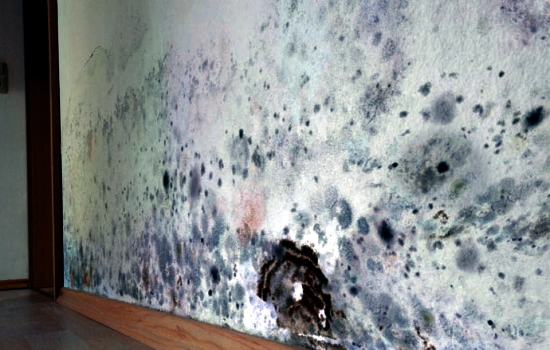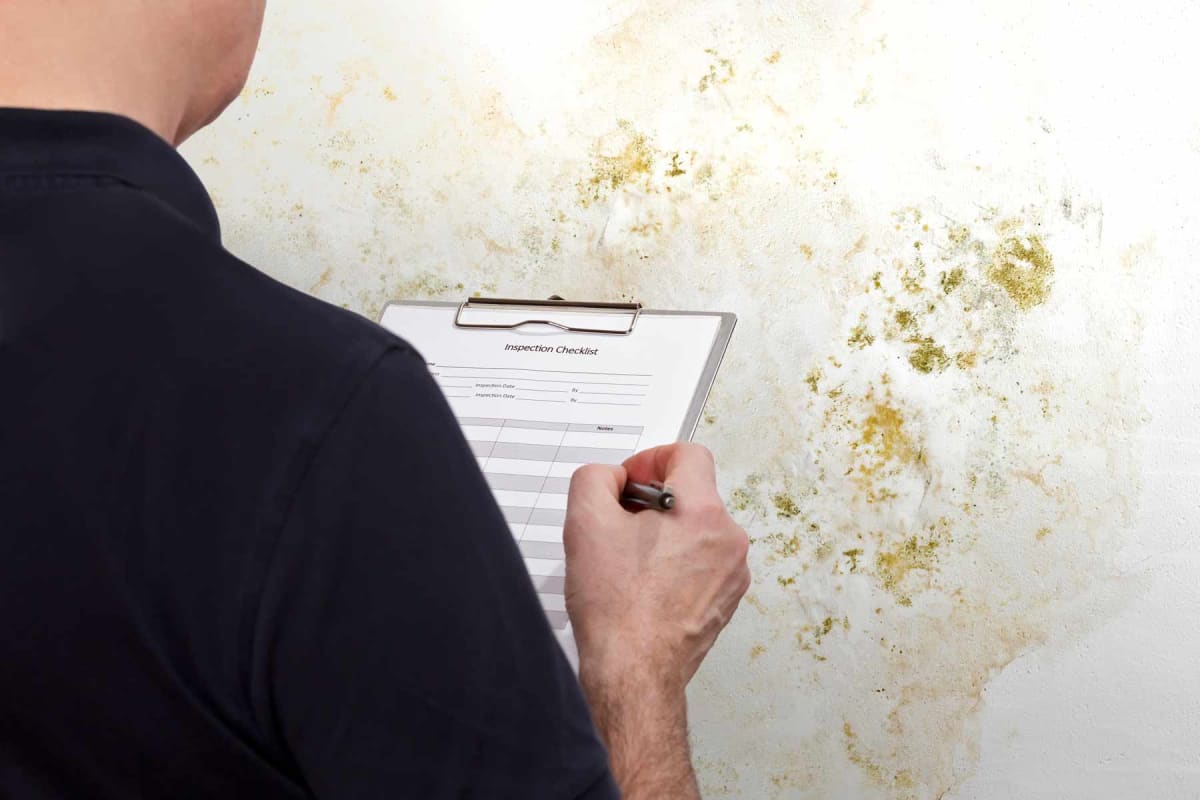Finding Post Remediation Inspection Near Me Solutions
Finding Post Remediation Inspection Near Me Solutions
Blog Article
Your Ultimate Overview to Blog Post Mold Remediation Techniques
Browsing the world of post-mold removal techniques is a precise procedure that demands attention to information and a thorough understanding of the complexities entailed. In the aftermath of mold and mildew problem, knowing exactly how to successfully eradicate the mold and stop its reoccurrence is vital for keeping a healthy interior environment. From choosing the best cleaning and decontaminating approaches to applying techniques for long-term mold and mildew prevention, each step in the remediation journey plays a crucial function in guaranteeing an effective end result. As we embark on this exploration of post-mold removal strategies, we will uncover the crucial strategies and ideal techniques that can help you restore your room to its pre-mold problem and protect it versus future mold and mildew dangers.
Recognizing Post-Mold Removal Refine
After finishing the mold removal process, it is essential to comprehend the post-mold removal methods that are necessary to guarantee a efficient and detailed clean-up. As soon as the mold has been gotten rid of, the following step entails cleaning and disinfecting the affected areas to avoid any regrowth of mold.
Additionally, performing a last evaluation post-remediation is vital to ensure that all mold and mildew has been successfully removed. If the assessment exposes any type of sticking around mold, extra removal might be required.
Efficient Cleaning Up and Decontaminating Approaches

Preventing Future Mold Development

Significance of Correct Ventilation
Proper air flow plays a critical role in preventing dampness build-up, a vital consider mold and mildew development within indoor atmospheres. Effective air flow systems assist eliminate excess moisture from the air, lowering the chances of mold spores locating the moisture they need to sprout and spread. Without adequate ventilation, interior areas can come to be a reproduction ground for mold, causing prospective health threats and architectural damages.
By guaranteeing appropriate air circulation, ventilation systems can also aid in drying damp locations our website faster after water damages or flooding incidents, better discouraging mold growth. testing air quality after mold remediation. In rooms like restrooms, basements, cooking areas, and attics where dampness degrees have a tendency to be greater, installing and keeping reliable ventilation systems is critical in avoiding mold invasions

Monitoring and Maintenance Tips
Provided the critical function that appropriate ventilation plays in stopping mold and mildew growth, it is crucial to develop reliable surveillance and maintenance suggestions to guarantee the continued performance of air flow systems. Regular evaluations of ventilation systems should be carried out to look for any type of indicators of blockages, leakages, or malfunctions that could hinder proper airflow. Monitoring humidity degrees within the home is likewise vital, as high moisture can add to mold growth. Mounting a hygrometer can aid track moisture levels and alert house owners to any kind of spikes that may call for attention. Furthermore, making certain that air filters are on a regular basis cleaned up or replaced is important for maintaining the efficiency of the air flow system. Carrying out a timetable for regular maintenance tasks, such as air duct cleaning and heating and cooling system inspections, can help stop concerns prior to they intensify. By staying mindful and proactive to the problem of ventilation systems, homeowner can successfully mitigate the threat of mold regrowth and preserve a healthy and balanced indoor environment.
Final Thought
To conclude, post-mold removal techniques are vital for guaranteeing a clean and risk-free setting. Understanding the procedure, executing efficient cleaning and decontaminating approaches, stopping future mold and mildew development, maintaining appropriate air flow, and normal surveillance are all critical steps in the removal process. By complying with these standards, you can successfully get rid of mold and mildew and avoid its return, promoting a healthy living or working space for all residents.
In the after-effects of mold infestation, knowing exactly how to properly get rid of the mold and avoid its reoccurrence is paramount for preserving additional reading a healthy indoor environment. Once the mold has actually been eliminated, the following step includes cleansing and sanitizing the influenced locations to avoid any regrowth of mold - testing air quality after mold remediation. After eliminating visible mold and mildew growth, it is essential to cleanse all surface areas in the afflicted location to eliminate any remaining mold spores. To better improve mold avoidance procedures, it is home vital to address underlying problems that initially led to mold development.Provided the essential duty that correct air flow plays in protecting against mold development, it is important to establish efficient tracking and upkeep tips to make certain the ongoing functionality of ventilation systems
Report this page